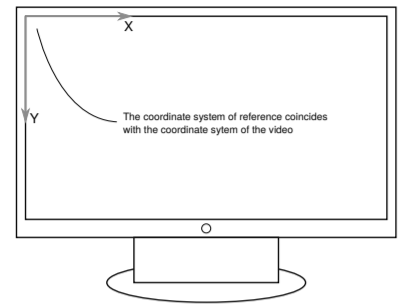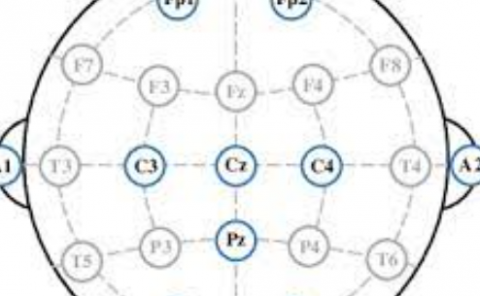Getting (more) real: bringing eye movement classification to HMD experiments with equirectangular stimuli
PubDate: June 2019
Teams: Technical University of Munich
Writers: Ioannis Agtzidis;Michael Dorr

Abstract
The classification of eye movements is a very important part of eye tracking research and has been studied since its early days. Over recent years, we have experienced an increasing shift towards more immersive experimental scenarios with the use of eye-tracking enabled glasses and head-mounted displays. In these new scenarios, however, most of the existing eye movement classification algorithms cannot be applied robustly anymore because they were developed with monitor-based experiments using regular 2D images and videos in mind. In this paper, we describe two approaches that reduce artifacts of eye movement classification for 360° videos shown in head-mounted displays. For the first approach, we discuss how decision criteria have to change in the space of 360° videos, and use these criteria to modify five popular algorithms from the literature. The modified algorithms are publicly available at https://web.gin.g-node.org/ioannis.agtzidis/360_em_algorithms. For cases where an existing algorithm cannot be modified, e.g. because it is closed-source, we present a second approach that maps the data instead of the algorithm to the 360° space. An empirical evaluation of both approaches shows that they significantly reduce the artifacts of the initial algorithm, especially in the areas further from the horizontal midline.

